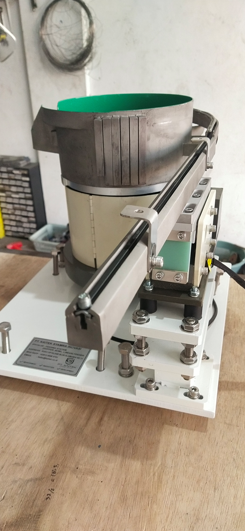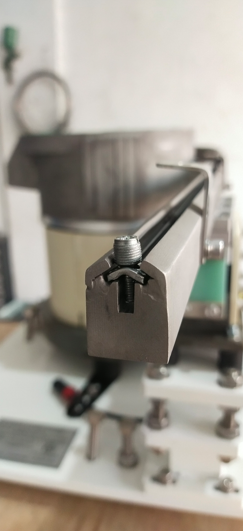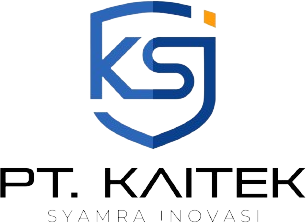LINEAR FEEDER & HOPPER
Linear Feeders and Hoppers are components used in automated systems to transport and manage parts or materials.
Linear Feeder:
A linear feeder is a device designed to move parts or materials in a linear direction, as opposed to the circular motion of a bowl feeder. Here’s how it typically works:
- Movement: Parts are fed into the linear feeder and moved along a straight path, usually with the help of vibrations or mechanical conveyors.
- Sorting and Alignment: Linear feeders can include mechanisms for sorting, aligning, or orienting parts as they travel along the feed path.
- Applications: They are used when parts need to be transported in a straight line to subsequent processing stations or assembly points.
Linear feeders are often used in applications where parts need to be moved over a longer distance in a linear fashion, and they are ideal for high-speed, precise part handling.
Hopper:
A hopper is a container or storage bin used to hold and dispense bulk materials or parts. It typically features a sloped design that allows materials to flow out of the bottom. Here’s how it works:
- Storage: Hoppers are used to store a large quantity of parts or bulk materials.
- Discharge: Materials or parts are released from the hopper through an outlet at the bottom, often controlled by a gate or valve.
- Feeding: The discharged material can be fed into other parts of the production system, such as a conveyor or feeder system.
Hoppers are useful in handling bulk quantities of materials and are often used in conjunction with other feeding systems to ensure a continuous supply of parts or materials to downstream processes.
In summary, linear feeders are designed to transport parts in a straight line, while hoppers are used to store and dispense bulk materials. Both play crucial roles in automating and streamlining manufacturing and assembly processes.




